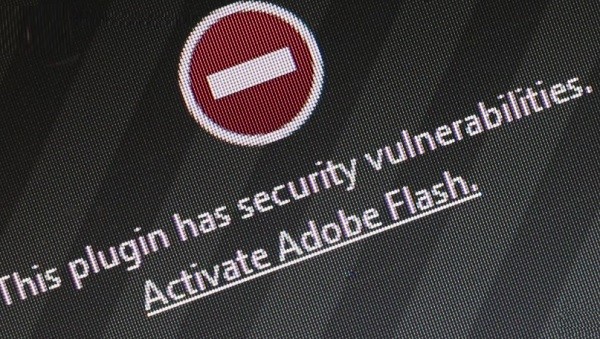Adobe Flash is becoming extinct just like the dinosaurs did, and this month marked the speeding up of its march into the pages of history as it started to be replaced by HTML5 in the Google Chrome browser.
The fact that Adobe Flash is riddled with problems that have made it vulnerable to hackers has been known for long. However, for many years it was considered as a standard means of displaying content, especially videos on a website.
This changed in May of this year, when Google outlined its plans to disable Adobe Flash content on its browser Chrome. Last week on Dec. 9 Thursday, the switch to HTML5 as the default means of displaying content was made official by Google on its blog. Importantly the company is currently only testing the feature on 1 percent of Chrome browsers that are installed by users.
As a slick standard HTML5 is now poised to become even more popular, reported BusinessInsider. However, this particular shift to HTML5 is not new and the beginning of the end for Adobe Flash was signaled when Apple did not support it on its smartphones in 2010 and now only 10 percent of websites use it.
Also other major browsers such as Mozilla's Firefox and Microsoft's Edge have announced that they are going also going to stop supporting Flash content. Adobe which created Flash has also been gradually moving away from it and even advised people not to use it last year as it pointed out its vulnerabilities.
Currently only 1 percent of users who are using the Chrome 55 Stable build will find that HTML5 is the default for displaying content. In case a website does not have a HTML5 player, videos and other content will not be displayed and will be blocked. Then users will have to enable Flash based content manually for that particular website so that it plays.
However, fifty percent of those who are using the Chrome 56 which is only available right now as a beta version will find HTML5 default option enabled. Google states that by February 2017 when Chrome 56 beta is stable the default option of HTML5 will be provided to all users. By October next year all websites will need a user's permission to run Adobe Flash.
Adobe Flash Zero Day Vulnerabilities



























